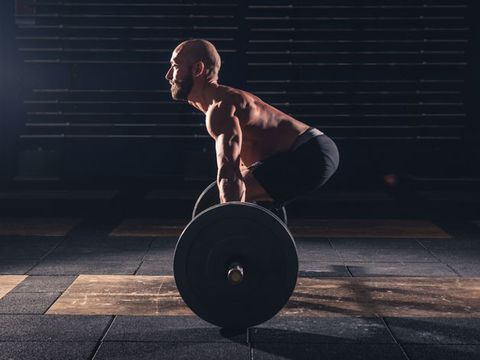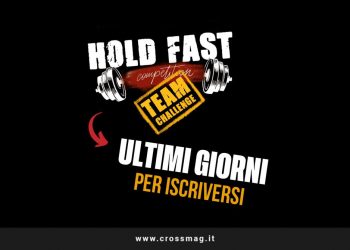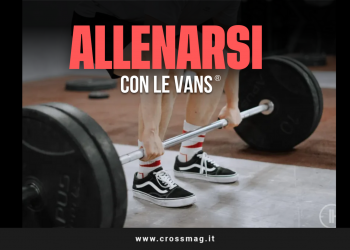We continue the section dedicated to 9 fundamental movements of the CrossFit® speaking of the Deadlift.
The DeadLift is an exercise that involves the core muscles, hamstring, the spinal erectors, the lumbar, the trapezius and the quadriceps.
Index
WHY TRAIN THIS MOVEMENT?
Training this movement is very important both for the athletes they want increase your performance, but also by "common" people because it follows the natural gesture we perform every time we collect something from the ground.
DeadLift is one of the exercises more ancient than exist, but unfortunately today it is very snubbed because in the gym gym there is not the right equipment to perform it or it is forbidden because the noise of the disks that hit the ground annoys the customers.
Let's see how to perform a DeadLift correctly
The fact that the ground detachment is not taken into consideration by the gym goers is really a pity, because it is a fascinating exercise that allows to obtain interesting physical results for both men and women.
Many are afraid to perform this movement because they think it overloads the spine too much, but everyone should have a strong back able to support daily efforts.
To avoid unpleasantness accidents the deadlift must be performed with excellent technique.
DEPARTURE POSITION
- Half squeezed
- Extended back
- Feet to the width of the hips
- barbell attached to the shins
- Handle slightly wider than the sides
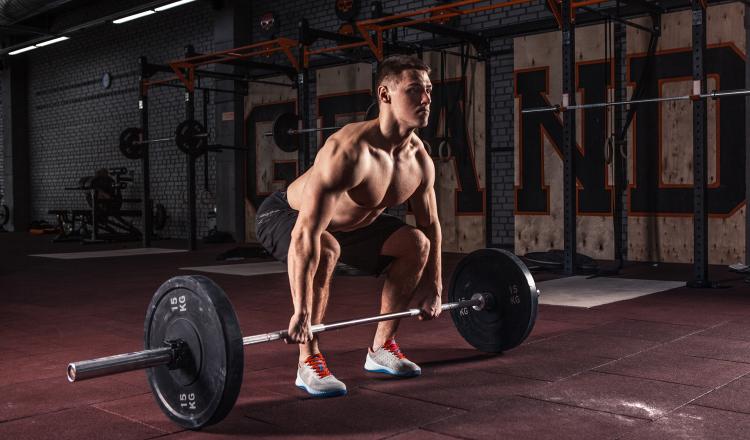
PERFORMANCE
- Relaxed arms
- Extended back throughout the movement
- The weight is lifted from the ground by transferring its own force to the ground by pushing your legs and not pulling your arms.
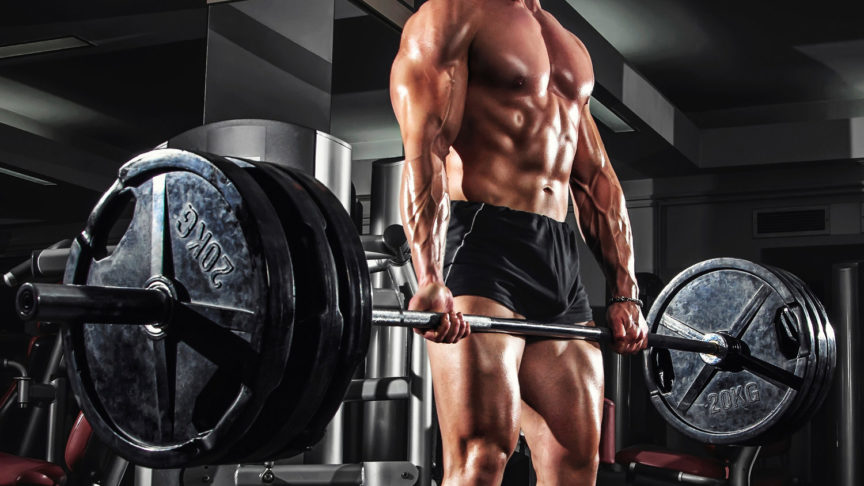
POSSIBLE ERRORS
1. INCORRECT POSITION OF THE SIDES
In the starting position it is essential to find an optimal SET-UP.
I don't have to find myself with the hips too low, as I could not find the right push to raise the barbell, nor with the hips too high, otherwise I would pull too much with my back and risk hurting myself.
In the start position the hips must be just above the knees.
2. LOSE THE PHYSIOLOGICAL CURVE OF THE BACK
Bending your back while lifting a weight from the ground is very dangerous, you risk getting very hurt. Keeping your back extended is essential during DeadLift.
PROGRESSION TO LEARN THE DEADLIFT
- GOODMORNING PVC
We perform a bow holding a pvc or a stick along the back which, if the movement is performed correctly, must always remain in contact with the nape and the lumbar.
- DEFICIT KB DEADLIFT
Let's start by taking off from the ground using the kb because it is easier to handle than the barbell, instead the use of a floor lift from which to start allows you to keep your back extended more easily, as the most difficult degree is the one below.
- KB DEADLIFT
Once the perception of your back improves and therefore you can keep the column extended without problems, we can remove the rise from the ground and start directly from the ground.
- PAUSE BB DL
We begin to perform the DeadLift with the barbell, but with a pause in the knee, in such a way as to have the opportunity to control the extension of the back in one of the most complicated phases of this exercise.
- TIME DL
We are going to perform the movement with the barbell but counting 4 '' to go up and down, this will allow to have a greater control in every phase of the exercise even in the most difficult grades.
- DEADLIFT
At this point the correct execution should be very clear so you start performing the complete movement.
Increase the weight gradually but do not overdo it because REMEMBER THAT THERE IS ONE BACK.
HERE IS THE VIDEO TUTORIAL:
https://www.instagram.com/p/B3mn7LFIQEO/?utm_source=ig_web_copy_link

